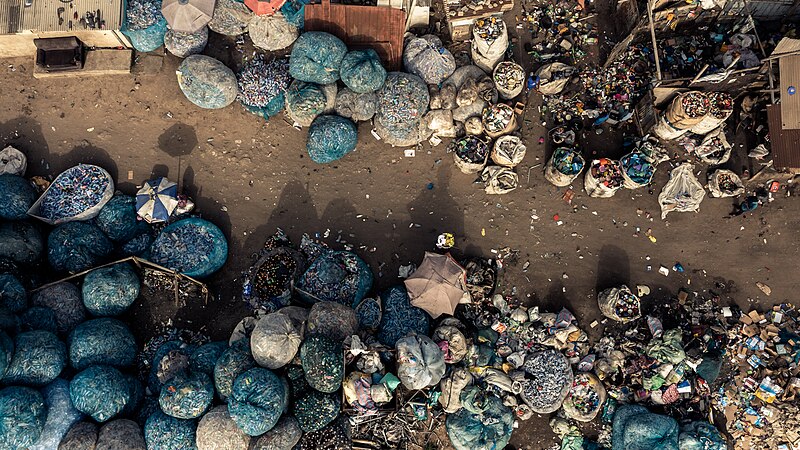In 2023, Wiki Loves Earth International photo contest supported the initiative Wiki4HumanRights, in partnership with the Wikimedia Foundation (WMF) and the Office of the High Commissioner for Human Rights (OHCHR).
Its goal is to raise awareness of nature protection and human impacts on nature.
Within the special nomination “Human Rights and Environment”, we accepted images that capture the impact of human activity on the environment. You can read more about the nomination and criteria for image selection here.
We’ve been organizing this nomination every year since 2021. In 2023 for the first time it accepted images from the whole world, not only from the countries taking part in the main contest.
And as a result, we received over 8,500+ images in the nomination, the highest-ever number.
This year, we had 6 people on the Jury team: biologists, ecologists, human rights and environment experts, and Wikimedians, who helped us to choose the best images.
- Joao Pompeu (Brasil, biologist and ecological researcher, documentary photographer);
- Nicky Deluggi (Italy, intern with the Human Rights Team at the Wikimedia Foundation, former climate activist);
- Olivia Bonner (USA, Equitable Decarbonization Legal Fellow at Stanford Law School);
- Valentina Vera-Quiroz (Colombia, Human Rights, Tech & Policy Fellow at Wikimedia Foundation);
- Juliana Almeida (Portugal, UNEP’s Law Division as an Environmental Law specialist);
- Masana Mulaudzi (South Africa, Senior Manager, Campaign Organizing at the Wikimedia Foundation).
Check the post with full information about the jurors over on Instagram.
After a review by the organizing team and the round of jury evaluation, we have the top 10 best images for the special nomination.
And we are ready to present them!
1st place: For the first place, the jury chose the series of two images that represent the issue of pollution with plastic and waste gathered on Odaw river in Ghana.
One of the jurors, Joao Pompeu, commented on these images: “The bird´s eye view puts into perspective the plastic pollution, one of the greatest environmental challenges of our times. The intriguing composition and the dimension of the people in the scene against waste gathering compel us to think about the fundamental right to a clean environment. Human wellbeing is only achieved in balance with natural processes, and this requires overcoming socioenvironmental inequalities”.
2nd place: One more common environmental problem created by humans is shown in this photo — the consequences of burning dry grass in the “Seretsky” hydrological reserve located in Ukraine.
“Hotter and drier weathers, probably caused by climate change, are shifting the patterns of wildfires worldwide. In consequence, wetlands and hydrological reserves are affected, forcing the population to evacuate or cope with uncontrolled fire. The photo represents a global issue with consequences for human well-being. The contrast of the shape of the fire line with the river and the dry grass makes the photo dramatic and impressive. It seems that the river is also burned” – says Joao Pompeu.

3rd place: Human effects on nature are various. Fishing is one of the ways to impact the ecosystem, often in damaging ways. This image from Serbia shows fishing at sunrise.
“A pleasant, low-key photo of the early morning fog. The mood conveys the enjoyment of being at that place and time” – commented juror Joao Pompeu.
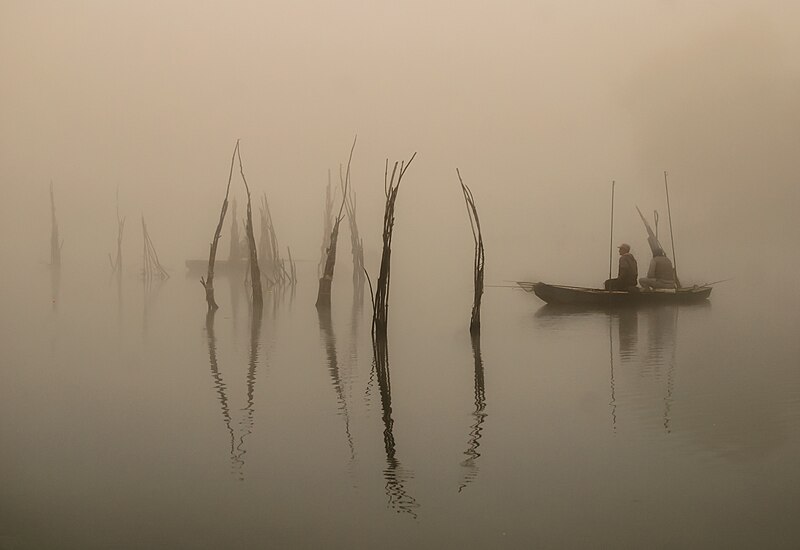
4th place: The photo shows a windmill near the Sivash. Location — Azovo-Syvash National Nature Park, Kherson Oblast, Ukraine.
Nicky Deluggi, one of the jurors, commented on this image: “Breathtaking composition and colors, a surreal merger of natural and artificial landmarks”.
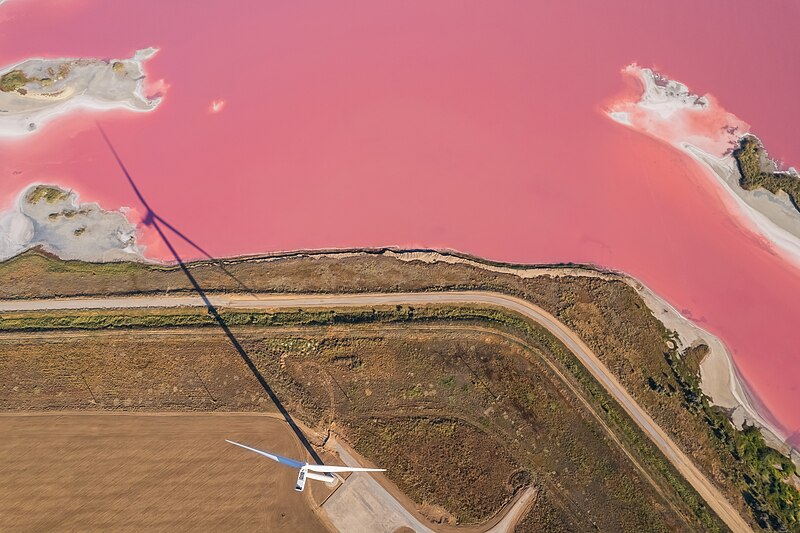
5th place: This beautiful view, taken in Portugal, shows us a combination of human life and nature in Parque Natural da Serra da Estrela.
One of the jurors, Masana Mulaudzi, commented on this image: “This image beautifully balances light and dark to show the impact of people on our Earth”.
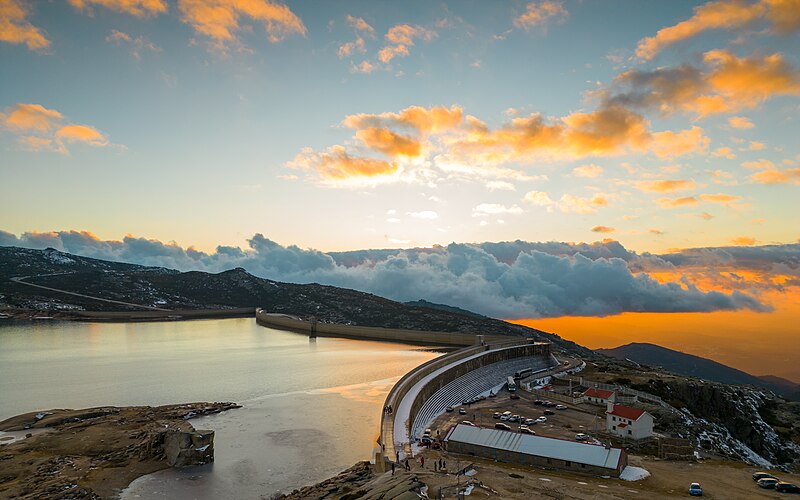
6th place: Flooding often disrupts nature and human activity. The image from Italy, taken in Bacini di Conselice shows us the street, which became a river after a huge rain.

7th place: Unfortunately, animals are almost the first who are suffering from human actions. This image perfectly represents how we damage the forest dwellers. Location — Ireland, Phoenix Park.
Joao Pompeu describes the problem in this way: “The photo portrays how environmental pollution threatens biodiversity worldwide. Synthetic fibers from oil and coal are found from European parks to tropical landscapes and polar waters, posing real challenges for biological conservation”.

8th place: The ecosystem of oceans is hugely important for the environment. And catching shellfish also has its effect, which is represented in this photo in the Atlantic ocean. It was taken in Nigeria, Opobo town, Port Harcourt.
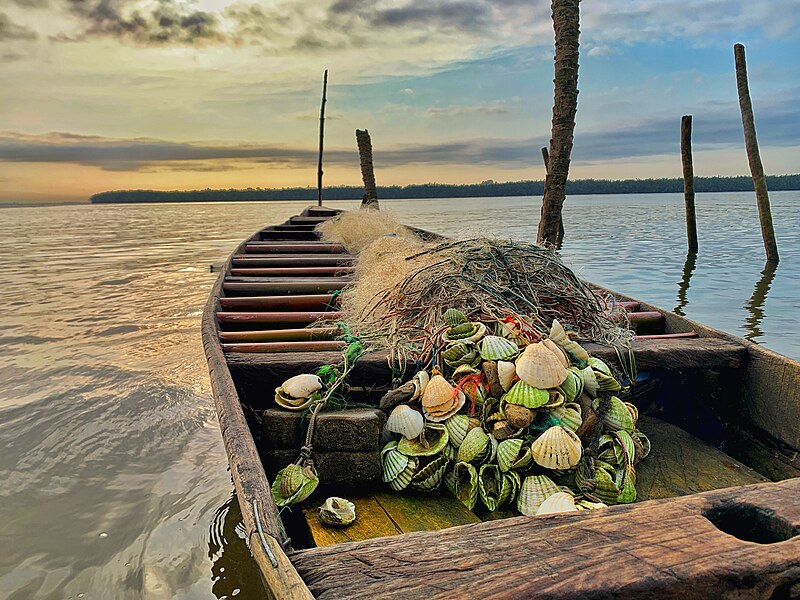
9th place: Electricity underpins human activity but also disrupts nature. The photo shows us the fog and the electrical lights covering the city Butwal in Nepal.
“Brilliant – the contrast between the soft clouds and the harsh city lights creates a dreamy yet eery atmosphere” – commented Nicky Deluggi.

10th place: Here is an up-close view of the portion of Taal Volcano’s ash-covered rugged terrain. Since its closure to tourists in 2020, the view from Agoncillo, Batangas offers the closest experience to witnessing the volcano island without physically visiting it.

Congratulations to the winners, and many thanks to everyone who has shown a commitment to spreading awareness about such an important and crucial topic!
This year, a special nomination “Human Rights and Environment” was held for the third time. Last year, it attracted approximately 1,100 images from 2 countries. You can find the previous year’s results here.
Follow the project on social media to keep up with all updates (Facebook, Instagram, Twitter).
And stay tuned for the final top 20 best images of the main contest Wiki Loves Earth 2023!

Can you help us translate this article?
In order for this article to reach as many people as possible we would like your help. Can you translate this article to get the message out?
Start translation

